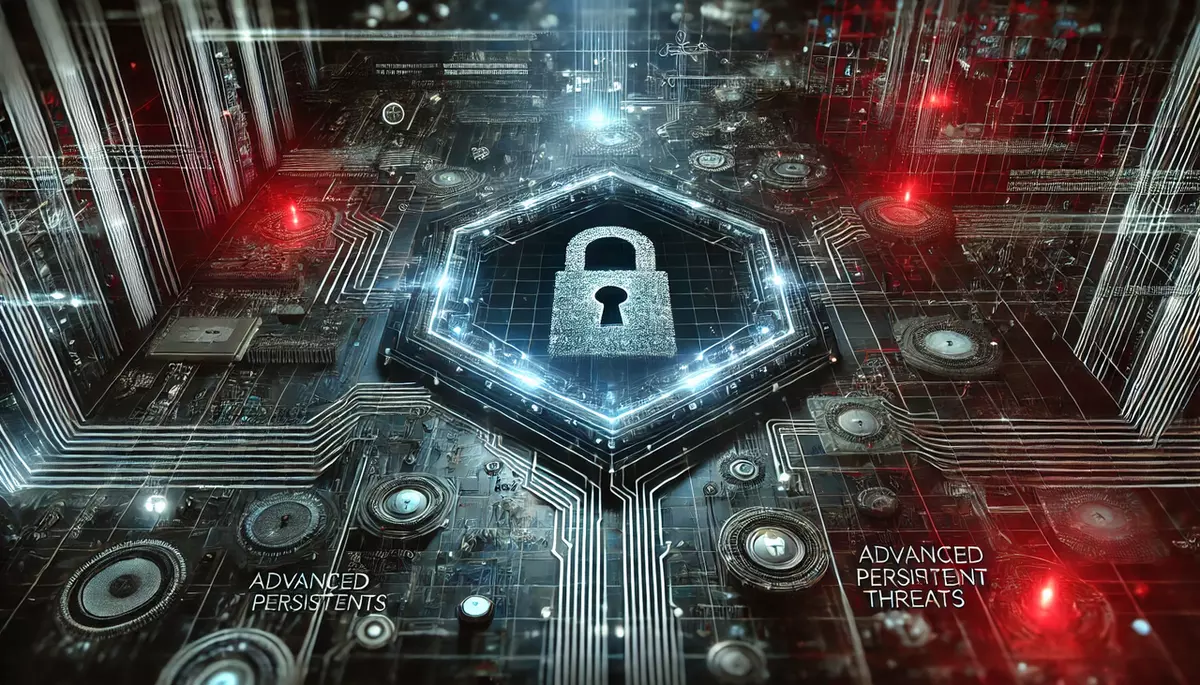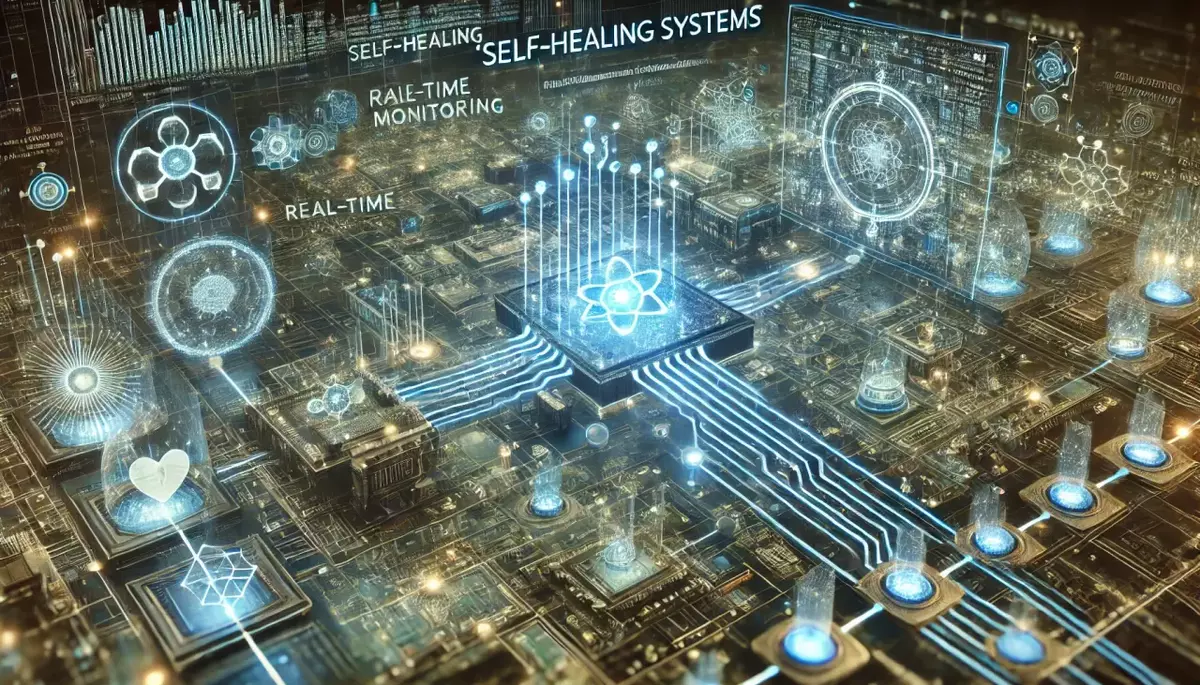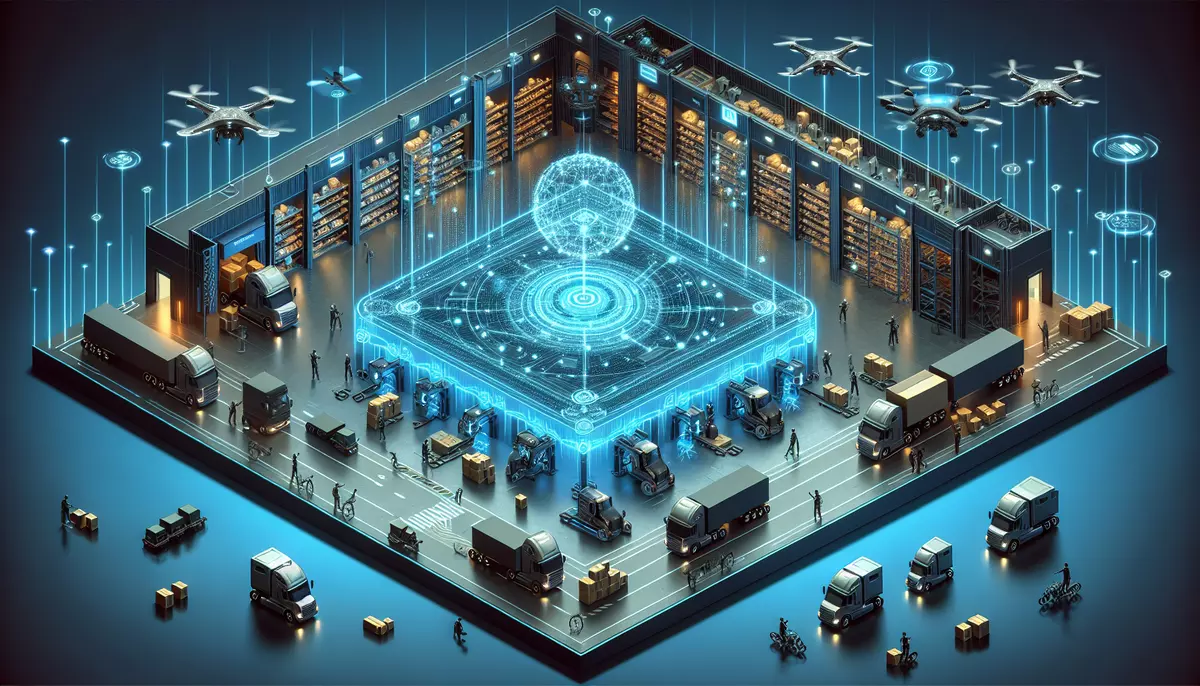Introduction
Advanced Persistent Threats (APTs) are a type of sophisticated, targeted cyber attack that poses a significant threat to organizations and individuals. These attacks are characterized by their stealthy nature, their ability to evade detection, and their persistent efforts to gain access to sensitive information or systems.
What are Advanced Persistent Threats (APTs)?
Advanced Persistent Threats (APTs) are complex, multi-stage cyber attacks that are typically carried out by well-resourced and highly skilled adversaries, such as nation-state actors or advanced hacking groups. These attacks are designed to gain unauthorized access to sensitive data, systems, or networks, and to maintain that access over an extended period of time.
Key Characteristics of APTs:
- Sophisticated Techniques: APTs often employ a wide range of advanced techniques, including social engineering, zero-day exploits, and custom malware, to bypass security measures and gain a foothold in the target’s systems.
- Persistent Presence: APTs are designed to maintain a persistent presence within the target’s network, allowing the attackers to continuously gather information and move laterally to access more sensitive data or systems.
- Targeted Approach: APTs are typically targeted at specific organizations or individuals, rather than being indiscriminate attacks.
- Difficult to Detect: APTs are often designed to evade detection by traditional security measures, making them challenging to identify and mitigate.
Stages of an APT Attack
APT attacks typically follow a multi-stage process, which includes:
1. Reconnaissance:
The attackers gather information about the target organization, its systems, and its employees to identify vulnerabilities and plan their attack strategy.
2. Initial Compromise:
The attackers use various techniques, such as social engineering or exploiting vulnerabilities, to gain an initial foothold in the target’s network.
3. Lateral Movement:
Once inside the network, the attackers move laterally to gain access to more sensitive data and systems, often using stolen credentials or other techniques to avoid detection.
4. Privilege Escalation:
The attackers attempt to escalate their privileges within the target’s network, allowing them to access and control more critical systems and data.
5. Data Exfiltration:
The ultimate goal of an APT attack is to steal sensitive data, such as intellectual property, financial information, or personal data, and transmit it back to the attackers.
Defending Against APTs
Defending against APTs requires a multi-layered approach that combines technical, organizational, and human-centric security measures:
Technical Measures:
- Advanced Threat Detection: Implementing tools and technologies that can detect and respond to advanced, targeted threats.
- Network Segmentation: Dividing the network into smaller, isolated segments to limit the spread of an attack.
- Endpoint Protection: Deploying robust endpoint security solutions to protect against malware and other threats.
- Vulnerability Management: Regularly identifying and patching vulnerabilities in systems and software.
Organizational Measures:
- Incident Response Planning: Developing and regularly testing incident response plans to ensure the organization is prepared to respond effectively to APT attacks.
- Threat Intelligence Sharing: Collaborating with industry partners and government agencies to share information about emerging threats and best practices.
- Employee Awareness and Training: Educating employees on the risks of APTs and how to recognize and report suspicious activities.
Human-Centric Measures:
- Privileged Access Management: Implementing strict controls and monitoring for privileged user accounts to prevent misuse.
- Insider Threat Mitigation: Developing strategies to identify and mitigate the risk of insider threats, which can be a significant vector for APT attacks.
- Continuous Monitoring and Response: Maintaining vigilance and the ability to quickly detect and respond to suspicious activities within the network.
Future Trends in APT Threats
As the cybersecurity landscape continues to evolve, the threat of APTs is expected to persist and potentially increase in sophistication:
- Increased Use of AI and Machine Learning: Attackers may leverage advanced AI and machine learning techniques to automate and enhance their attack methods, making them even more difficult to detect and mitigate.
- Targeting of Emerging Technologies: As new technologies, such as the Internet of Things (IoT) and cloud computing, become more prevalent, APT actors may target these areas as new attack vectors.
- Supply Chain Attacks: APT groups may focus on compromising the supply chain of organizations, using trusted third-party vendors as a way to gain access to their intended targets.
- Increased Collaboration Among Threat Actors: APT groups may collaborate with other cybercriminal organizations, sharing tactics, techniques, and resources to enhance the effectiveness of their attacks.
Conclusion
Advanced Persistent Threats (APTs) pose a significant and ongoing challenge to organizations and individuals. Defending against these sophisticated, targeted attacks requires a comprehensive, multi-layered approach that combines technical, organizational, and human-centric security measures. As the threat landscape continues to evolve, it is crucial for organizations to stay informed, collaborate with industry partners, and continuously adapt their security strategies to stay ahead of these persistent and evolving threats.
This knowledge base article is provided by Fabled Sky Research, a company dedicated to exploring and disseminating information on cutting-edge technologies. For more information, please visit our website at https://fabledsky.com/.
References
- Mandiant. (2022). M-Trends 2022: A New Era for Cyber Threats. https://www.mandiant.com/resources/m-trends-2022
- CISA. (2022). Advanced Persistent Threats (APTs). https://www.cisa.gov/advanced-persistent-threats
- Symantec. (2019). Internet Security Threat Report. https://docs.broadcom.com/doc/istr-24-2019-en
- Ponemon Institute. (2020). Cost of a Data Breach Report. https://www.ibm.com/security/data-breach
- Kaspersky. (2021). APT Trends Report Q3 2021. https://securelist.com/apt-trends-report-q3-2021/104708/


























